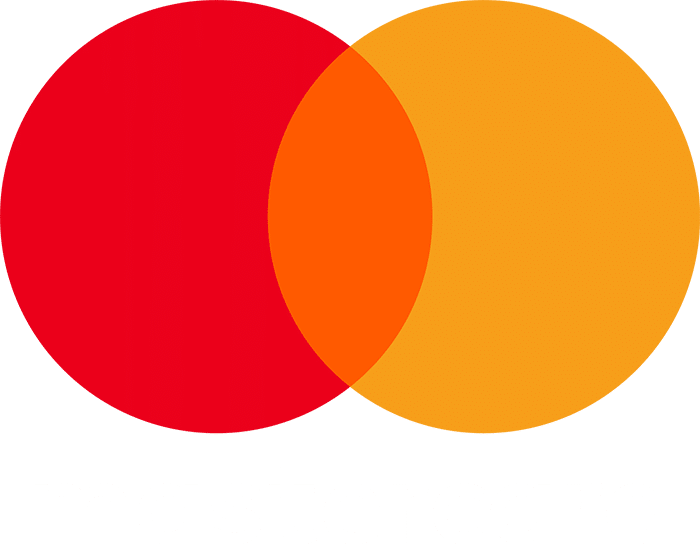Essential Canadian Resources for Homeschooling Families!
Our guide will give you a basic outline of what you need and how to plan your week. Keep in mind that flexibility is the key. So let’s get set up!

Getting Ready for Learning
Be ready for learning by having writing tools, art supplies and paper at your fingertips. Work with what you have. For example, favourite books on your bookshelf can be used for reading response activities.
Build a consistent schoolwork routine and a love of learning by helping your child develop strong foundational study skills. Each day, choose an exercise that focuses on a subject or skill set that your child can develop along with other activities.
For example practicing math facts for speed and accuracy, creating a new cover for their favourite book or designing a board game. Switch up the activities based on your child’s needs and interests; this will ensure your child is taking ownership of their learning while growing and building a variety of essential skills.
These are the basic materials:


Homeschooling Tips
1. Be Realistic
Create a schedule that is achievable and not overly ambitious. Allow for flexibility – not every day will go as planned.
2. Establish a Routine
Have a set time to learn each day. Once you establish a routine, your child will get used to it and will be happy and prepared to work.
3. Plan Ahead
Planning ahead helps you and your child to stay calmer and more relaxed while they learn. Scheduling activities your child can do independently will help keep your child busy and interested in their work. (A sample planner is provided.)
4. Stay Active
Getting your child moving each day helps to burn energy, keeps them healthy, and helps them focus. Any activity that will get them up and moving is good. Here are some ideas:


More Homeschooling Tips
1. Use Thematic Units or Blocks
- Organize learning around themes or blocks to create coherence in learning.
- This approach can make planning easier and learning more integrated and meaningful.
2. Prepare in Advance
- Spend time each week or month preparing lesson plans and materials.
- This helps ensure that each homeschool day starts smoothly.
3. Vary Activities
- Mix different types of learning activities to keep things interesting – from reading and writing to hands-on experiments and outdoor exploration.
- This variety helps cater to different learning styles and keeps children engaged.
4. Seek Input from Your Children
- Involve your children in the scheduling process. Let them have a say in what and when they learn.
- This can increase their motivation and engagement.

Planning Your Week
Make sure you keep the learning varied and interesting. You may wish to space out subjects and activities over the week. Don’t do the same things every day. Keep things interesting! Regularly review your schedule to see what’s working and what isn’t. Be willing to adapt and change your approach based on these reviews.
Keep these general rules in mind:
Assign Chores
Children feel important, helpful, and independent when they are given small tasks to do. Here are some ideas.
Age Group | Home Tasks |
2 to 3 | |
4 to 5 | |
6 to 7 | |
8 and up |
Get pdf version of
Homeschooling and Teaching at Home Guide
Learning at home can seem daunting, but Chalkboard Publishing is here to help! This guide will give you a basic outline of what you need and how to plan your week to help create the best home learning environment possible. And when you pair this guide with our curriculum approved workbooks and worksheets, you never have to worry about your child falling behind!













